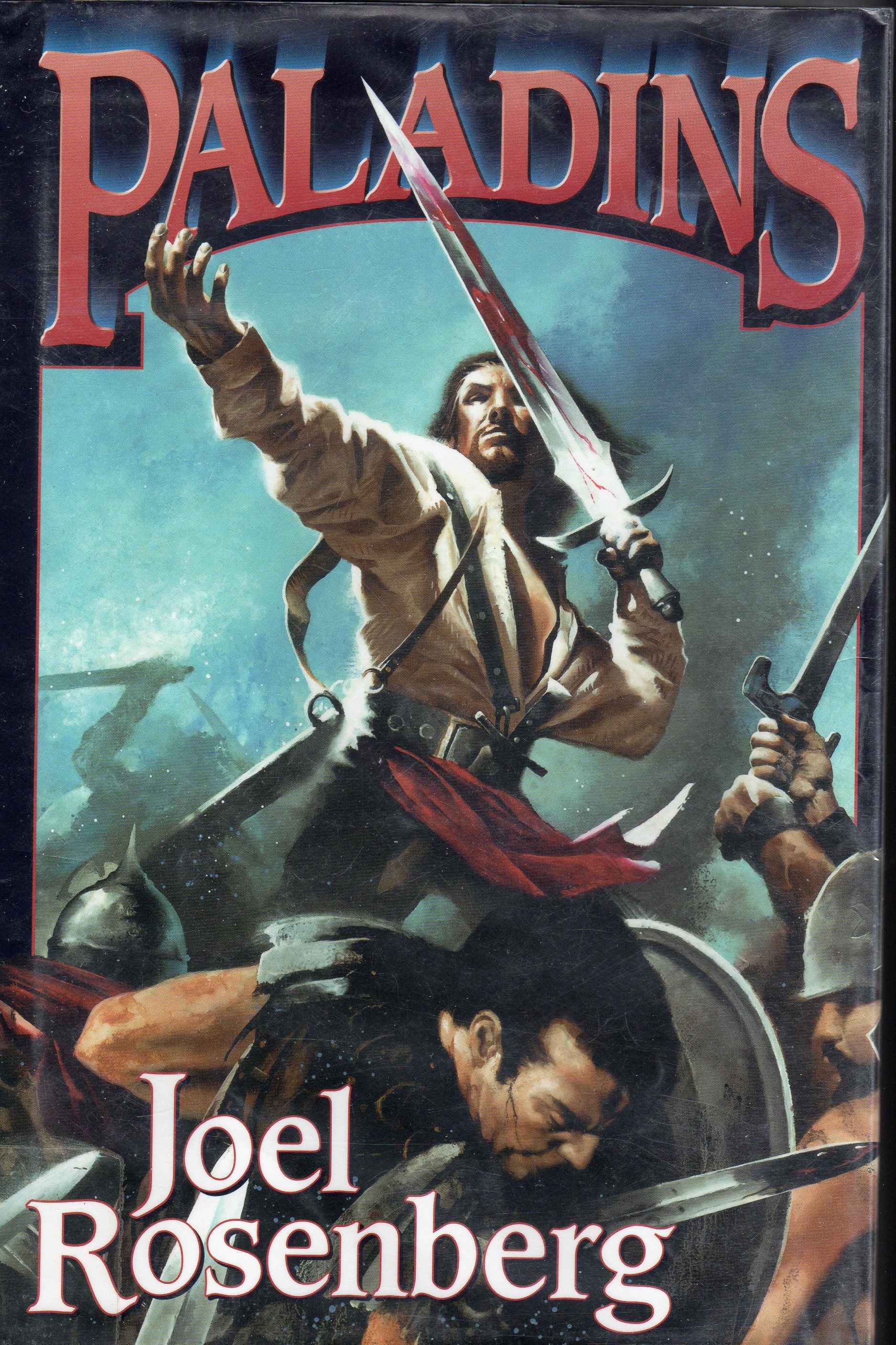You know what would make a couple Republican voters or at least discouraged Democrat voters? Subjecting urban homesteads, especially those with chickens, to USDA inspection.
Here me out, I have a bigger point.
I swim in the milieu of Generation Xish information worker types. They came out of college in the 1990s, often into jobs that paid middle class wages or better at age 22, and moved into urban environments (not "urban clusters"). By and large, they didn’t have children, or maybe just one. In short, they were the Yuppies of our youth, but they voted Democrat and worked in IT instead of financial institutions.
As such, their perceptions are a little askew from much of America, and their experience with government is a little different than that of other people.
I’m sure I mentioned it before, but I run into the government doesn’t stop entrepreneurs! line of thought over and over again. Because, to a person with this skill set, you only need a laptop and an idea to start programming or a little bit more to start a home-based knowledge consulting conference hopping profession.
This runs counter to other-skilled workers, such as nail painters, who in many places need hundreds of hours of professional training and continuing education to meet state requirements to provide manicures plus government-compliant space to work in (one does not professionally trim toenails at Starbucks, after all, although one can still do one’s own there from time to time at least until they ask you to leave, or so I’ve heard). If you like to work on cars, you’ll run into a bunch of environmental regulations, zoning regulations, building inspections, and so on.
So the idea of how businesses work and the government’s relationship to a business are skewed based on the types of businesses they imagine themselves pursuing.
It’s a little similar thing with the having chickens in your back yard thing. Once you get the local zoning board to sign off on it, you’re home free. But if you wanted to do it for a living, you’d be subject to a plethora of regulation from the Federal government. The news feeds and blogs of the urban homesteaders are full of outraged stories of people selling raw milk running afoul of those regulations, but the outrage never extends beyond that instance into hey, maybe the government shouldn’t step on this.
Another person on one of my feeds complained about HOA boards and the power mad people who get onto them. Busybodies who want some power. The Home Owners’ Association, for those of you who are fortunate to be unfamiliar with it, are an optional, private level of governance over suburban developments that are in charge of setting rules for household and yard appearance (to protect the property values, natch) and to levy fees to maintain amenities shared by the development. You know, things the local governments used to handle before they got into the creative-financing-of-strip-malls thing. Personally, I won’t buy a property in such a development because it represents another level of intrusiveness into individual lives. A voluntary one.
But the person complaining about the HOA isn’t someone who extends the disdain for overweening, overbearing people getting power over others to either elected or merit-based government officials and employees.
Because somehow the government remains unsullied by the unsavory portion of human nature.
If only, somehow, we could reach out to these people and convince them that we have a better shot, together, of steering the Republican Party into better stewardship and less intrusiveness, we might grow the tent (to the disdain of party purists, I’m sure). Unfortunately, when I reach out reasonably, I get the LALALALA you’re a Republican response, with the hands clapped over the ears in spirit.
But they’re out there, and maybe they’re reachable, eventually.
 I hadn’t seen it before, but I found it to be a perfectly serviceable little action/science fictioner. It’s a real bummer that the “bad guy” in this is really just a Navy SEAL suffering from temporary insanity induced by the pressure change being under the sea. As such, I really felt kinda bad for him throughout the film and hoped he’d be redeemed somehow.
I hadn’t seen it before, but I found it to be a perfectly serviceable little action/science fictioner. It’s a real bummer that the “bad guy” in this is really just a Navy SEAL suffering from temporary insanity induced by the pressure change being under the sea. As such, I really felt kinda bad for him throughout the film and hoped he’d be redeemed somehow.









 This book is a short story chapbook published and, I presume, distributed to promote Christensen’s 2004 novel
This book is a short story chapbook published and, I presume, distributed to promote Christensen’s 2004 novel 


